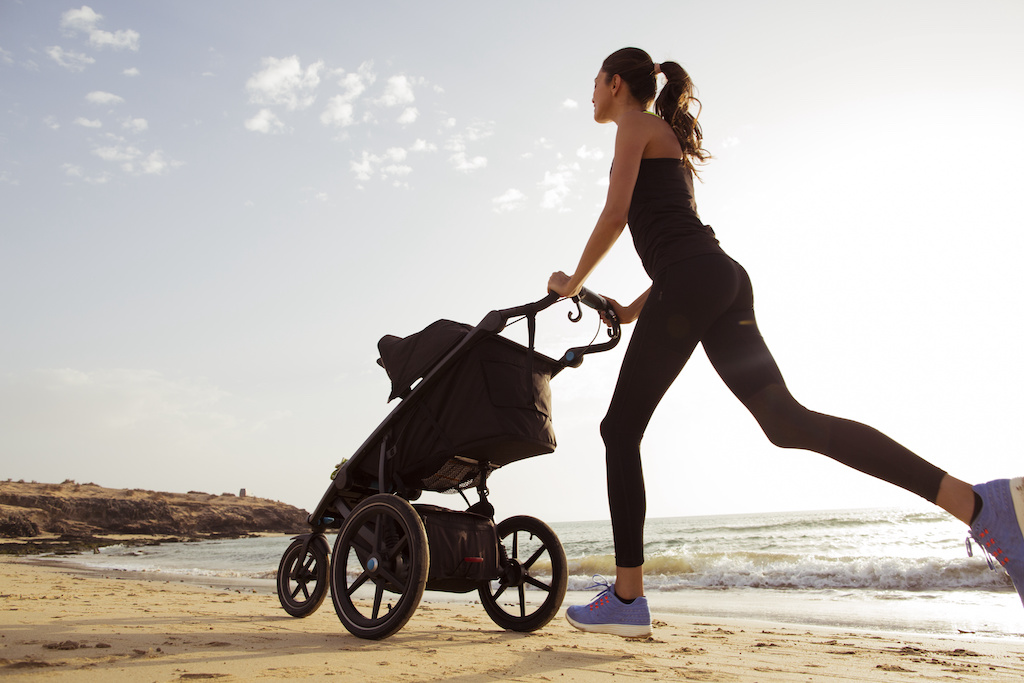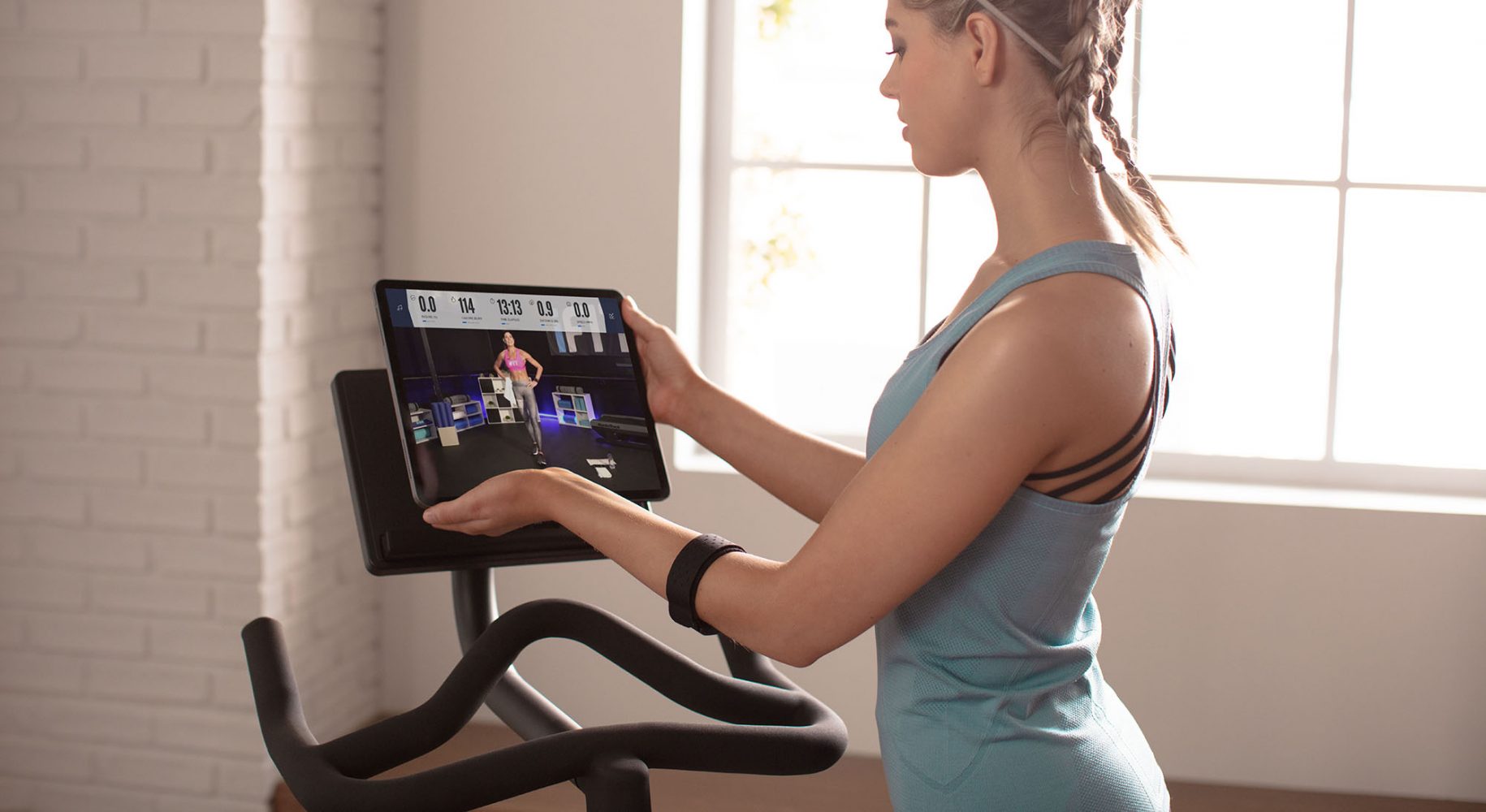When should you start your recovery after childbirth and how should you proceed? Thanks to our advice and a tailor-made post-partum programme , you will get back in shape, gain tone and gently lose the weight you gained during pregnancy.
Why return to sport after childbirth?

Resuming sport as soon as possible after the birth of your baby is an excellent idea, for your physical well-being as well as for maintaining a good emotional balance. Since it promotes the release of endorphins, also called anti-stress hormones, sport is your best defence to chase away the baby blues. This delicate period after childbirth is marked by strong variations in emotions due to the drop in hormone levels after pregnancy.
This is the way to resume physical activity after giving birth:
- The rehabilitation of the pelvic floor is the first step. It should usually start in the first week after delivery. After the first sessions, continue to train at home by yourself: You will progress week after week and strengthen your pelvic floor.
- After you have been advised by your doctor or midwife, often after 3 to 6 weeks, starting gentle exercise, such as swimming or walking, will help you quickly regain your pre-pregnancy fitness.
- Some programmes, such as the De Gasquet method, propose exercises for pelvic floor rehabilitation and strengthening of the abdominal muscles based on yoga, to be carried out before and after childbirth for a complete programme without interruption of physical activity.
How should you work on your body for a quicker return to fitness?

To limit postpartum pain, make sure you adopt the right posture for your new daily routine with your baby:
- For a few weeks after giving birth, carrying heavy loads (baby car seat, water packs, cardboard boxes, etc.) puts too much pressure on the pelvic floor. You should also avoid putting too much strain on your abdominal muscles. Follow a simple rule: Do not carry anything heavier than your baby.
- To carry your baby while taking care of your abdominals and pelvic floor, try not to place the baby on your stomach for the first few days. Remember the kangaroo technique: Place your child high on your chest and support the baby’s weight with a sling.
- Avoid standing up all day long and plan as many moments of rest as possible, during which you can lie down: For example, take naps when your baby falls asleep.
- Lying or sitting for too long is also not advisable: Walk a few steps at least every 2 hours. After a few weeks, you may consider taking short walks with your baby.
- To breastfeed, keep your back straight, sit on a seat or on a cushion and support your back properly.
- If you wish, you can wear a support belt in the first weeks after giving birth, to support your body while your pelvic ligaments are strengthening.
How should you design your post-partum exercise programme?

By practicing these 3 easy and fast postpartum exercises every day for a month, you will get back in shape after giving birth:
- To strengthen the stomach and thighs: Lie on the ground with your arms crossed, and your knees bent at chest level. Breathe deeply 10 times, and then clench the buttocks and abdominals with each exhalation.
- To strengthen the pelvic floor area: Perform a series of 4 or 5 half-bridges by lying on your back with your legs bent and your arms beside your body. Contract the pelvic floor when exhaling, then gently lift the buttocks a few centimetres. Return to the initial position by breathing in, and then start again.
- To work the abdominal muscles: On all fours, stretch one arm and the leg on the opposite side (the right arm and the left leg for example) and hold the position for a few seconds. Reverse the movement, then repeat the exercise 5 times.
You can start this programme as soon as a health professional authorises you to resume physical activity. Plan to do short sessions, initially lasting about 15 minutes, and pay attention to how you feel.
To maintain motivation, opt for a virtual coaching solution, such as iFit® Coach. With a wide choice of sports sessions led by trainers, you can select the disciplines that most inspire you to design a tailor-made postnatal programme at home: Yoga, walking, stretching, or whatever else you enjoy.
The iFit® Coach application also includes performance monitoring and personalised recommendations according to your profile: Nutrition, sleep, exercise and so on.
Check out our Health & Fitness page for more advice.
